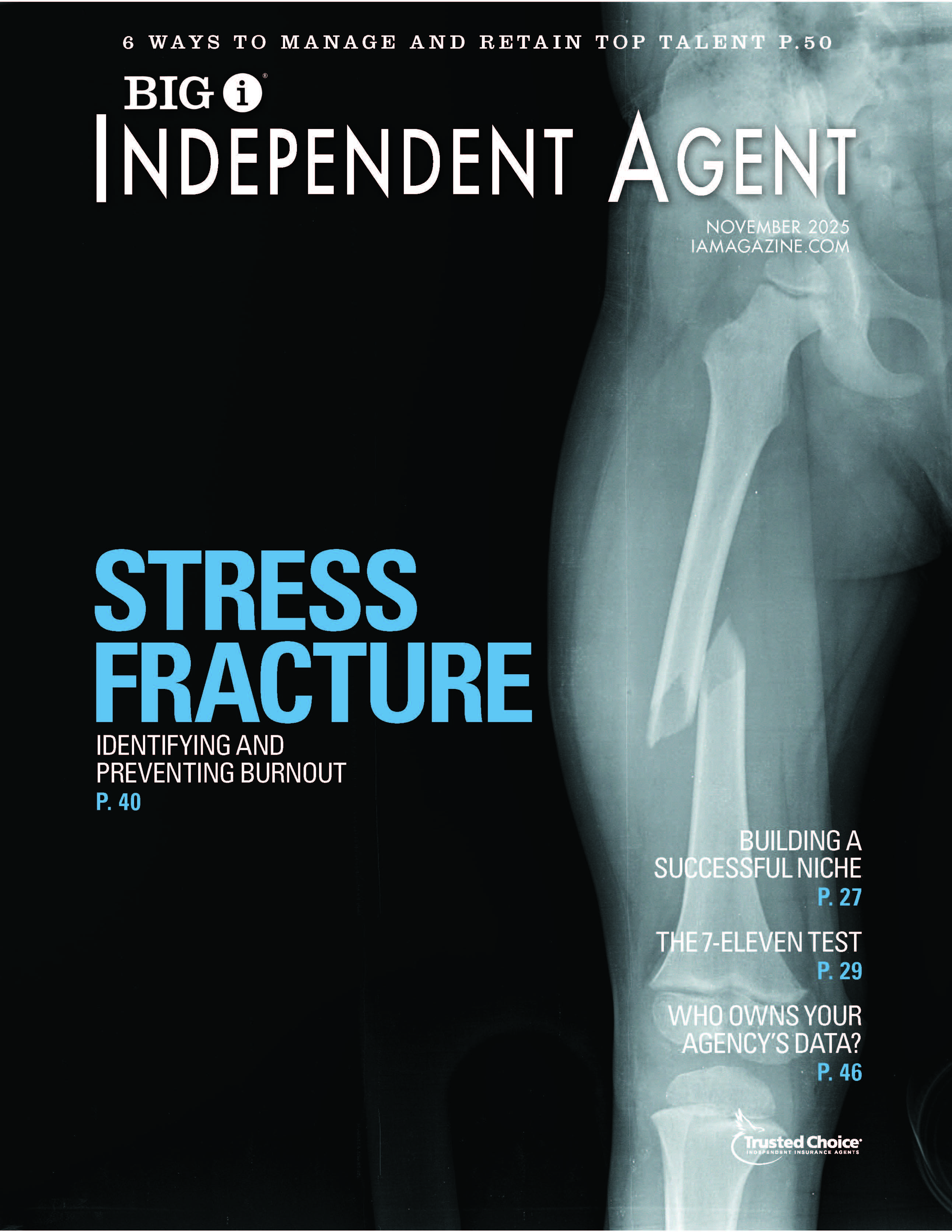Pick a Number: Using Statistics as a Sales Tool

By: Dave Evans
We live in an age where data—metrics, statistics, whatever you want to call it—reigns supreme. And of course it only makes sense to base business and personal decisions on the best available information.
But it’s also important to remember how easy it is to use numbers selectively used to bolster one’s position.
A great example is the stock market. Aside from the bid or ask spread, the price of a stock—especially a large, well-known one like Apple—reflects an equal sentiment between buying and selling. How many times have you watched a television business show where two analysts support their position as to why the company is or isn’t heading in the right direction using statistics? Even sports—an area that used to be the last sanctuary from the real world—is now dominated by data mining. “Fantasy sports” have become more data-driven than many aspects of the economy.
Looking at data in different ways also applies to insurance companies. Why does one enter a particular line of business at the same time another leaves it? Many factors impact the ebb and flow of the marketplace, including underwriting expertise, the carrier’s surplus, the targeted primary distribution channel and the nature of the regulatory environment for a line of business. Independent agents are all too familiar with carriers entering a segment and getting their field force to extol the opportunity to agents, perhaps without the requisite underwriting discipline. Then, after a few years of losses and an embarrassing combined ratio, they implement new underwriting guidelines or “add rate.” As a result, the agent is left to either present the renewal to an unhappy client or move the business—and the cycle repeats time and time again.
Still, statistics provide some fascinating insights. Consider the following: Last year, more people were killed trying to take selfies than were killed by sharks. Many people still fear flying, yet 2014 was another year that marked zero fatalities in the United States for commercial flights with 10 or more seats.
It goes without saying that it’s more dangerous to drive than it is to fly: 2013 recorded 426 deaths from ATV accidents and 32,719 deaths from vehicle accidents. Some 10,726 vehicle fatalities were alcohol-related, comprising almost one-third of the total. Another contributing factor not necessarily independent of alcohol is excessive speed; one in five fatalities results from speed in excess of the speed limit, another behavior-related input.
But what about insurance? 2014 recorded 2,582,851 cybersecurity- and identity theft-related complaints filed with federal, state and local law enforcement agencies—an astounding total considering not every victim of an incident is even aware of what happened, let alone files a complaint. How many agents have a conversation with their commercial and personal lines clients regarding their exposure to these threats?
While the media reports on large data breaches at Target or the Office of Personnel Management, the reality is that most Main Street businesses and consumers have not taken adequate preventive measures or do not have the coverage necessary to address this exposure. Independent insurance agents serve a critical role in educating their clients about the potential impact of these threats and finding the coverage that suits the situation.
Log in to Big “I” Markets and navigate to Cyber Liability & Security to explore policy options. If your clients are not interested in cyber coverage, document your file with a declination e-signed in DocuSign, just as you would with declined flood insurance or personal umbrella offers.
Numbers can help paint a picture that motivates people to take steps to protect themselves and their loved ones. In the coming years, agents will need to adapt to various new normals to make sure their agency’s premium volumes are numbers they can live with.
Dave Evans is a certified financial planner and an IA contributor.










